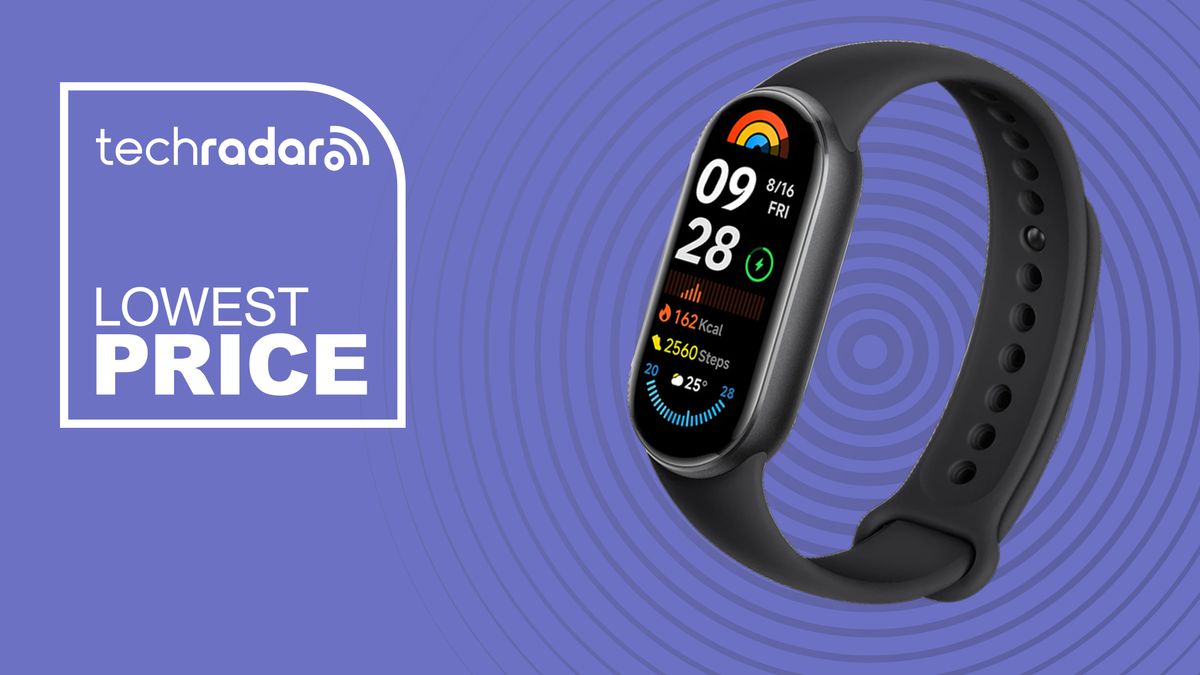Sports
4 sneaky signs of exercise injuries in women, from a personal trainer

Dr. Tara Narula writes a column on women’s health for TODAY.com. She is a cardiologist, NBC news medical correspondent and associate professor of cardiology at Donald and Barbara Zucker School of Medicine at Hofstra/Northwell.
I see a lot of female patients who are frustrated because they aren’t able to exercise due to an injury and as a result are missing out on important mental and physical benefits. We know exercise is especially beneficial for women’s hearts, bone health and more.
But the research on sports injuries in women is surprisingly lacking.
“Experts say there are huge gaps in the understanding of female physiology within the context of physical activity and sports, and there isn’t enough evidence-based research to provide concrete recommendations,” the American Physiological Society notes.
In fact, much of the guidance given to female athletes on training, injury prevention and returning to activity after an injury is based on men, even though their bodies are not the same as women’s.
For example, women have more estrogen and body fat, and less muscle mass; looser ligaments, making them more flexible; a wider pelvis; narrower knees; and higher rates of calcium and vitamin D deficiency, Dr. Robert H. Shmerling, former clinical chief of the division of rheumatology at Beth Israel Deaconess Medical Center, writes in the Harvard Health Blog.
These characteristics may contribute to female athletes being more likely to experience certain types of injuries. According to Shmerling, these include:
- Ankle sprain
- Shoulder problems
- Knee problems
- Stress fractures
- Plantar fasciitis
- Women are also two to eight times more likely than men to tear their ACLs, according to Yale Medicine.
As a mom of two young girls starting to play soccer, I’ve been wondering about the future of injuries for them and the best ways for women to exercise while also protecting their bodies.
TODAY fitness contributor Stephanie Mansour, who leads the Start TODAY community’s monthly challenges, shares some of her tips as a certified personal trainer of over 15 years with mostly women clients.
This interview has been edited and condensed for clarity.
For women who don’t exercise at all, what’s the best first exercise to start doing?
I recommend walking to help loosen up your joints, give you better mobilization and flexibility in your body, and also work the biggest muscles in your body — your legs and your glutes. It’s also a great cardiovascular exercise, and you can go at your own pace, like a leisurely walk or a quicker walk to get your heart rate up. And it’s accessible, easy to do anywhere anytime. It also helps with balance.
If you only do one type of workout regularly, what’s the first new exercise you recommend adding to your routine?
Strength training, so basic exercises like squats and lunges, or if you can’t do lunges because you have hip issues, leg lifts. Also, exercises to strengthen your core, and upper–body exercises. All of these are going to help you do whatever your activity is with better posture — for example, getting the shoulders back, the abs and the glutes and the hamstrings engaged, not just the quads. You can do strength training with dumbbells, in the gym or with just your own body.
For anyone looking to build muscle or speed up the metabolism, have more energy, lose weight, whatever your health or fitness goal may be, strength training will help you get there.
What are some tips to start out with strength training?
Start slow. Even if you feel like you have the stamina to do 30-45, minutes of strength training, start with 15 and repeat the same routine every other day for a week or two to get your body used to the exercises. Don’t feel like you have to change up your exercises every day. It’s better to give your muscles time to build.
Pay attention to your breath. Breathe in on the non-exerting portion and breathe out when you’re exerting. Syncing your breath with your movement can make it more of a moving meditation and make you more mindful of how your body’s feeling.
Focus on form and try to exercise in front of a mirror. In some of my apartments, I’ve done my strength training in the bathroom!
If you start to feel pain while working out, what should you do?
First of all, try not to judge yourself. Don’t think, “Oh, my gosh, I’m so weak,” or, “What’s wrong with me?” If something doesn’t feel right, know that you can be your own trainer and expert in your body. Take things down a notch: Don’t go so low in a squat, do less weight, or go on your walk or do your cardio for less time.
I think something that gets women down especially is that all-or-nothing mentality. “I can’t walk for an hour, so I might as well not go on a walk at all.” Starting with just five minutes helps you train yourself to prioritize your body and notice how you’re feeling, so if you do feel a twinge, pull, snap or another injury, you’ll be more in tune with your body just by having exercised for five minutes a day.
When it comes to seeking medical attention, if you hear a pop or a snap and it’s accompanied with a pain that’s instant and sharp, then see a doctor or a physical therapist. Also, I would say if something still doesn’t feel right after more than a week and isn’t improving, then go see a medical professional.
What are some signs you may be injuring yourself while working out that you shouldn’t ignore?
The first is low-back pain. When a lot of women first start doing ab exercises, planks, downward-facing dog, lunges or squats, their low back starts to hurt, and that’s because they’re not engaging their deepest abdomen muscle, the transversus abdominis, correctly.
Next is knee pain. If you’re doing a squat, a lunge, jumping, or if you’re doing something your body’s not used to and with incorrect form, that can really cause those knees to hurt.
Skipping modifications can also lead to injuries. If you’re trying to do a full pushup and your low back is sagging because you’re not engaging your core properly, drop to your knees, and do a modified pushup. Don’t feel like a wimp. I’ve been certified in all these things for over 15 years, and I still do the modifications when it just feels better on my body.
Last, hip pain can be a sign you’re not stretching enough. (So can low-back pain.) There are two types of stretching: dynamic, when you’re moving, and static, when you’re still. Dynamic should be done to warm up and static to cool down.
What are some other unique challenges women face with exercise?
As women, we often psych ourselves out of a workout. “I don’t know how to do yoga. I don’t want to look like an idiot in the back of the class.” Or, “I hate the treadmill, so I never want to be a runner.” Well, you could run or speed walk outside. Find things you enjoy that check the box for cardio, strength training and stretching, instead of feeling like it has to be one specific way that you don’t like.
Also, pay attention to your schedule, your life, your body, and do what feels right. We can tell the difference between trying to take the easy way out versus honoring our bodies and saying, “No, this is how I feel today.” Instead of feeling like you have to conform to a workout plan that you set out for yourself at the beginning of the month, be open to doing something different. That actually helps you create a better relationship with yourself, too.








